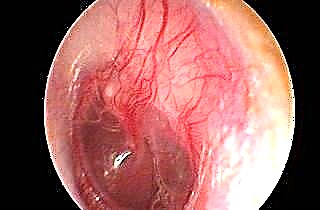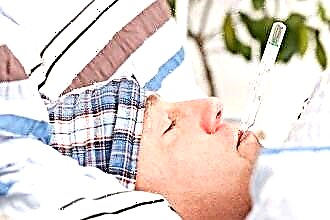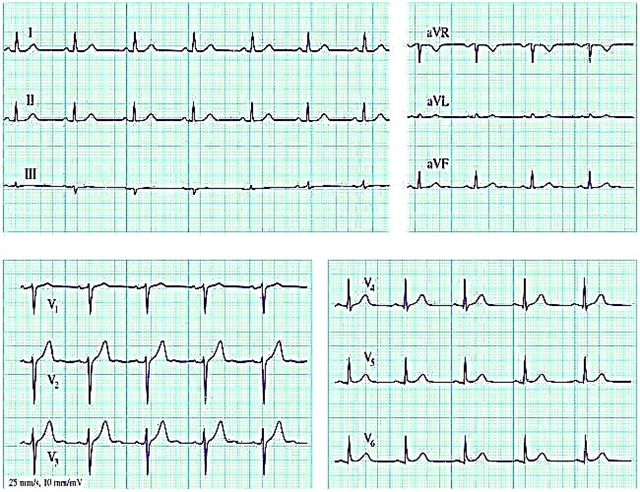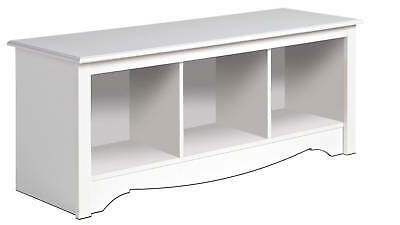The eardrum is the thinnest membrane that is the transmission mechanism through which a person gains the ability to hear sounds from the environment. It is located deep in the external auditory canal and serves as a kind of border between the external and middle ear. It can only be seen by a specialist when examining the ear with an otoscope. But you can accidentally damage it even with careless cleaning of your ears, so you need to do this as carefully and correctly as possible.
Structure and function
The size of the tympanic membrane is very small. It is about 1 cm in diameter, and in children it has an almost round shape, and with age it stretches and becomes oval. It is attached to the bony labyrinth located in the temporal bone and is located at a slight slope, rather than strictly perpendicular.
The structure of the tympanic membrane is quite complex - it is not just a skin flap. It consists of three main layers:
 Outer - made of epithelial cells identical to those that line the external auditory canal. They peel off and change periodically. If damaged, this layer is capable of self-healing.
Outer - made of epithelial cells identical to those that line the external auditory canal. They peel off and change periodically. If damaged, this layer is capable of self-healing.- Medium - consists of superelastic fibrous tissue, which provides high sensitivity and fairly strong tension. Fibrous tissue fibers are located in two directions, forming a kind of mesh. When they break, they no longer grow together.
- The inner one is actually part of the middle ear and is a mucous lining, the cells of which regenerate very quickly. It prevents the eardrum from drying out.
An important element that prevents the eardrum from rupture is the very small muscles that regulate its tension. With too sharp and loud sounds, its tension reflexively decreases and the sensitivity of the ear decreases.

Principle of operation
The eardrum serves so that the acoustic wave captured by the auricle can reach the organs of sound perception, which are located deep in the temporal bone. Under the influence of sound, the eardrum vibrates in the ear, but the human brain is able to perceive only weak electrical impulses, into which the sound must be converted. This process takes place in the middle and inner ear.
 Many people are interested in where the vibrations of the eardrum are transmitted and why the eardrum of the ear does not burst with harsh sounds or high atmospheric pressure. Directly behind it are the three smallest bones of the human skeleton: the hammer, the incus, and the stapes. It is they who take over the vibrations that the membrane makes in the ear under the influence of an acoustic wave. The vibrations are amplified and redirected further, causing the fluid in the inner ear to sway.
Many people are interested in where the vibrations of the eardrum are transmitted and why the eardrum of the ear does not burst with harsh sounds or high atmospheric pressure. Directly behind it are the three smallest bones of the human skeleton: the hammer, the incus, and the stapes. It is they who take over the vibrations that the membrane makes in the ear under the influence of an acoustic wave. The vibrations are amplified and redirected further, causing the fluid in the inner ear to sway.
The eardrum is only one tenth of a millimeter thick. But she's super elastic. That is why only a very sharp and strong sound or high pressure from the inside or outside can break it. The risk of bursting occurs when:
- explosions and shots in the immediate vicinity;
- fast deep diving;
- damage to the temporal bone and other head injuries;
- purulent otitis media, when accumulated pus presses on it.
When the tympanic membrane is perforated, it partially or completely recovers over time, although its elasticity decreases, which affects the ability to perceive sound.
Is it possible to hear without an eardrum - of course not. Therefore, if for any reason its rupture occurs, complete deafness occurs. To restore hearing, a complex operation on the eardrum is required, in which it is replaced with an elastic implant.
Interestingly, there is also a secondary eardrum in the inner ear, which actually closes the sound transmission system. It is the thinnest membrane that closes the entrance to the labyrinth of the cochlea and thus dampens fluid fluctuations (perilymph) in the middle ear.
Causes and prevention of rupture
 The most common cause of perforation of the tympanic membrane is advanced purulent otitis media. If the accumulation of pus is too large, then it exerts strong pressure from the inside, stretching it and causing unbearable pain. A puncture, correctly carried out in a medical institution, helps to get rid of pain. After perforation, a thin shunt is inserted into the hole. It makes it possible for pus to come out, and after removing it, the eardrum is restored.
The most common cause of perforation of the tympanic membrane is advanced purulent otitis media. If the accumulation of pus is too large, then it exerts strong pressure from the inside, stretching it and causing unbearable pain. A puncture, correctly carried out in a medical institution, helps to get rid of pain. After perforation, a thin shunt is inserted into the hole. It makes it possible for pus to come out, and after removing it, the eardrum is restored.
But this is not the only reason why the membrane in the ear hurts. Painful sensations can be caused by:
- ordinary sulfur plug;
- foreign body trapped in the ear;
- fluid from the inner ear with barotrauma;
- mechanical damage.
Mechanical rupture can occur even with a strong kiss on the ear, which creates a vacuum. Often, the eardrum of the ear is damaged when cleaning the ears with hairpins or cotton swabs. It can burst even with a sharp sneeze, if the nose is blocked.
People working with technological explosions and artillerymen are advised to open their mouths at the moment of an explosion in order to compensate for the pressure difference on both sides of the eardrum.
It is possible to suspect a ruptured eardrum if the person first felt a sharp pain, and then a sudden loss of hearing. There may be slight bleeding and runny discharge. Tearing and perforation is often accompanied by dizziness and tinnitus or tinnitus.
Tympanic membrane treatment
 There is no reliable way to determine the integrity of the tympanic membrane on your own. This can only be done by an experienced specialist after a visual examination with an otoscope and a series of special tests. If there is a partial perforation rather than a rupture, hearing can be restored by installing a paper patch.
There is no reliable way to determine the integrity of the tympanic membrane on your own. This can only be done by an experienced specialist after a visual examination with an otoscope and a series of special tests. If there is a partial perforation rather than a rupture, hearing can be restored by installing a paper patch.
The procedure is quite simple and practically painless. After thorough cleansing of the external auditory canal, the damaged area is treated with an antiseptic, and then with a special preparation that stimulates cell regeneration.
The perforation site is closed with a small flap of the finest paper, which quickly becomes overgrown with epithelial cells.
Completely torn eardrums cannot be restored in this way. This will require a major surgical operation, in which it is replaced with a thin flap of skin taken from the patient himself. The skin flap is sutured with modern absorbable sutures to the edges of the hole to close the gap. It takes root for about a month. However, such a membrane has less elasticity and sensitivity. Therefore, hearing is restored only partially.

 Outer - made of epithelial cells identical to those that line the external auditory canal. They peel off and change periodically. If damaged, this layer is capable of self-healing.
Outer - made of epithelial cells identical to those that line the external auditory canal. They peel off and change periodically. If damaged, this layer is capable of self-healing.

